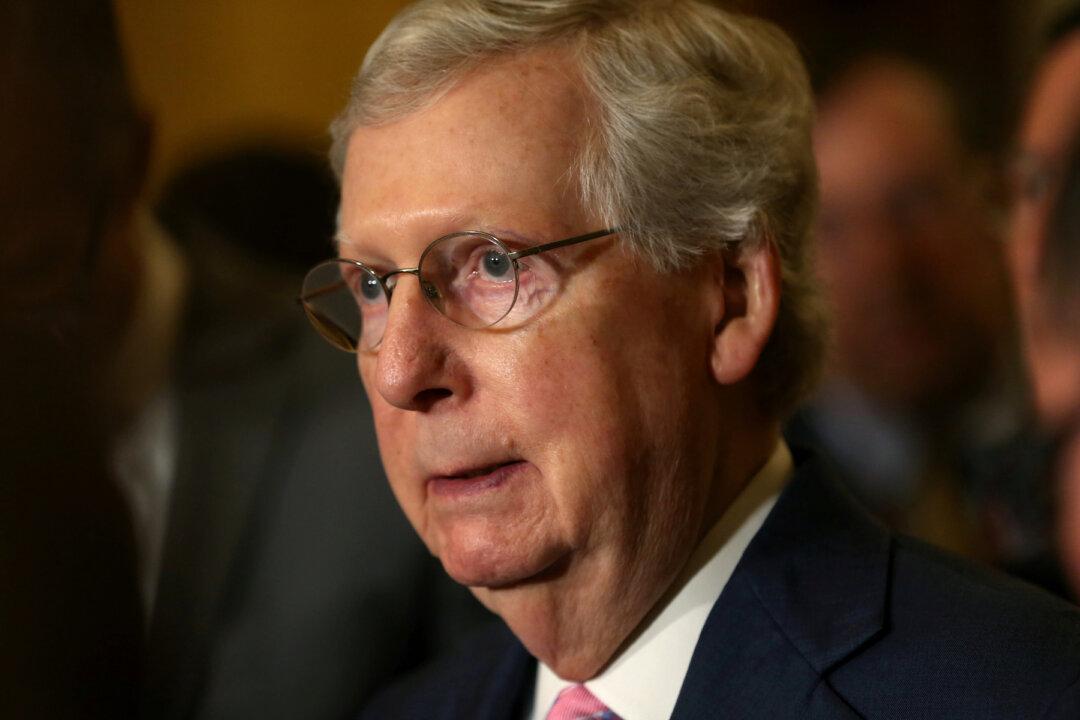Senate Majority Leader Mitch McConnell (R-Ky.) released a resolution outlining his proposed rules for the impeachment trial of President Donald Trump late Monday.
According to the resolution (pdf), the trial is set to start in earnest on Wednesday at 1 p.m., with the Senate to vote on whether to admit materials from the House and new evidence only after opening arguments from both sides.




